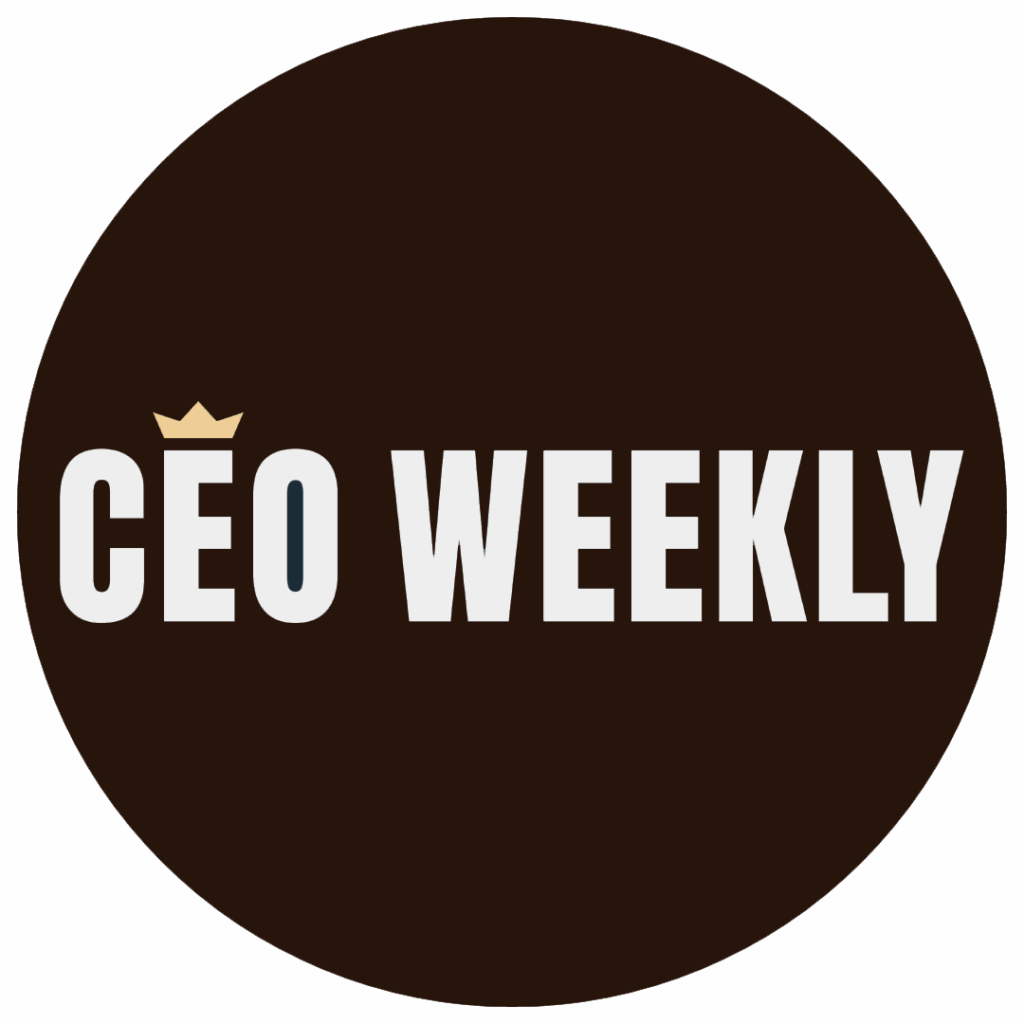Advertising strategies have undergone a profound transformation due to changing market conditions, driven by digital disruption, shifts in consumer behavior, regulatory developments, and emerging technologies. Traditional advertising methods, such as print and television ads, are giving way to data-driven, digital-first approaches that prioritize personalization, performance tracking, and audience engagement. In this article, we explore the evolution of advertising strategies, highlighting how businesses have adapted to these new realities.
Read also: New Market Conditions Lead to Transformation in Media Ownership
Digital Transformation & Technological Innovation
One of the most significant drivers of change in advertising is the rise of digital transformation and technological innovation. The growth of artificial intelligence (AI), machine learning, programmatic advertising, and automation has fundamentally altered the way brands reach consumers.
Programmatic Advertising & AI Integration
Programmatic advertising, which uses AI to automate the buying and selling of digital ads, has become a dominant force. Real-time bidding (RTB) enables advertisers to target audiences more precisely, optimizing ad placements based on user behavior, preferences, and browsing history. AI-driven algorithms analyze vast amounts of data, allowing brands to refine their campaigns, deliver personalized content, and maximize engagement.
Data-Driven & Performance-Based Advertising
The rise of big data has shifted advertising from traditional impression-based metrics to performance-based advertising. Advertisers now rely on attribution modeling, which maps out a customer’s journey to conversion, and predictive analytics, which forecast consumer actions based on past behavior. This approach ensures that ad spend is directed toward high-return campaigns, making marketing budgets more efficient.
The Growth of Video & Interactive Advertising
With the rise of short-form video content on platforms like TikTok, Instagram Reels, and YouTube Shorts, advertisers have had to rethink their messaging. Today’s audiences prefer quick, engaging, and interactive ads over long, traditional commercials. Live-stream advertising, shoppable video ads, and in-game advertising are also gaining traction, allowing brands to integrate their messaging seamlessly into digital experiences.
Augmented Reality (AR) & Virtual Reality (VR) Advertising
New technologies like AR and VR are pushing the boundaries of brand engagement. Fashion, beauty, and retail brands now offer AR-powered try-on experiences, while entertainment companies use VR to create immersive brand storytelling. These innovations offer experiential advertising, making ad campaigns more engaging and memorable.
Contextual & Privacy-First Advertising
With growing concerns over privacy and data tracking, companies are shifting toward contextual advertising that aligns with a user’s content consumption rather than tracking their browsing history. The end of third-party cookies has led to first-party data strategies, ensuring compliance with privacy laws like GDPR and CCPA while maintaining ad effectiveness.
Shifts in Consumer Behavior & Engagement
Shift to Digital & Mobile-First Consumption
Consumers have moved away from traditional media, favoring digital and mobile-first experiences. Streaming services, social media, and on-demand content have become the primary sources of entertainment and information. This shift has led advertisers to prioritize mobile-optimized, social media-centric ad campaigns over traditional TV and print ads.
Demand for Personalization & Relevance
Modern consumers expect highly personalized and relevant advertising. AI-powered ad recommendations use consumer preferences, purchase history, and browsing habits to serve tailored ads. The shift toward first-party data collection has helped brands deliver more relevant content while maintaining trust and transparency.
Consumer Trust & Ad Fatigue Challenges
As digital advertising becomes more pervasive, many consumers experience ad fatigue, leading to higher adoption of ad blockers. Brands must now focus on value-driven, non-intrusive advertising, ensuring that their messaging feels organic, informative, and engaging rather than disruptive. Ethical concerns over data privacy and targeted advertising have also pushed companies to adopt more responsible marketing practices.
Rise of Influencer & Community-Driven Marketing
Influencer marketing has become one of the most powerful forms of advertising. Brands are shifting from traditional celebrity endorsements to micro-influencers, who have highly engaged niche audiences. Social commerce platforms allow brands to sell directly through Instagram Shopping, TikTok Shop, and Facebook Marketplace, blurring the lines between content and commerce.
Evolution of Advertising Channels
Social Media Advertising Dominance
Social media platforms such as Facebook, Instagram, LinkedIn, TikTok, and Twitter have developed advanced ad targeting tools, allowing brands to track user behavior, leverage social listening, and create highly customized ads. The rise of ephemeral content, such as Instagram Stories and Snapchat Ads, has introduced new ways to engage users in a more casual, interactive format.
Streaming & OTT Platform Advertising
Streaming services such as Netflix, Hulu, Disney+, and YouTube have embraced ad-supported tiers, allowing brands to reach premium audiences through addressable TV advertising and dynamic ad insertion (DAI). These innovations enable brands to tailor ads based on viewer preferences and watch history.
E-Commerce & Shoppable Ads
Social commerce has revolutionized advertising by integrating shopping directly into ads. Platforms like Instagram Shopping, Pinterest, and Facebook Shops allow users to purchase products directly from ads without leaving the platform. Voice commerce powered by AI, such as Amazon Alexa and Google Assistant, has also paved the way for voice-driven product recommendations.
Audio & Podcast Advertising
With the rise of digital audio platforms like Spotify, Apple Podcasts, and Clubhouse, advertisers are leveraging dynamic audio ads that are personalized based on listening preferences. Host-read ads and brand sponsorships have become effective ways for advertisers to reach engaged, niche audiences.
Changing Revenue & Monetization Models
Growth of Subscription & Ad-Free Models
Many streaming and media platforms have introduced subscription-based models, reducing reliance on ad revenue. Consumers are willing to pay for ad-free experiences, leading to a rise in native advertising and product placements within content rather than traditional ads.
Hybrid Revenue Models
Brands are embracing freemium models, where users can access content for free with ads or pay for an ad-free experience. In-app purchases, gamified advertising, and subscription bundles are becoming common in digital advertising strategies.
Pay-Per-Performance & Influencer-Based Ad Spending
Brands are moving toward cost-per-engagement (CPE) and cost-per-click (CPC) models, prioritizing measurable performance-based spending rather than traditional ad buys. Influencer marketing budgets are also shifting toward performance-driven contracts, where creators are paid based on engagement and conversions.
Expansion of Branded Content & Storytelling
Brands are increasingly investing in branded content, native advertising, and storytelling-based campaigns. Companies are producing mini-documentaries, podcasts, and original series to engage audiences organically rather than relying on disruptive ads.
Regulatory, Ethical, & Sustainability Considerations
Stricter Privacy Laws Impacting Targeting Strategies
Compliance with GDPR, CCPA, and other global privacy laws has forced advertisers to rethink their data tracking and targeting strategies. The focus has shifted toward privacy-first, consent-based marketing.
Sustainability & Ethical Advertising Practices
Brands are increasingly prioritizing eco-conscious advertising, carbon-neutral ad campaigns, and sustainable brand messaging. Ethical advertising also includes combating misinformation and ensuring responsible advertising practices.
Combatting Ad Fraud & Fake Engagements
With the rise of bot-driven fraud, companies are using AI-based fraud detection and blockchain solutions for ad verification. These tools help ensure transparency in digital ad spending.
Diversity & Inclusion in Advertising
Representation matters. Brands are prioritizing diverse voices, inclusive marketing strategies, and socially responsible messaging to resonate with global audiences.
Read also: How Policies Influence Export Support
Future Trends & Innovation in Advertising
Looking ahead, AI-powered autonomous ad creation, blockchain for ad transparency, metaverse-native advertising, and voice search-driven advertising are set to redefine the industry. The integration of augmented reality (AR) and virtual reality (VR) will shape the next evolution of digital advertising.
As advertising evolves, brands must adapt to new technologies, consumer expectations, and regulatory frameworks. The shift toward AI-driven personalization, interactive content, ethical advertising, and hybrid revenue models is transforming the industry. By embracing these trends, businesses can future-proof their advertising strategies and remain competitive in the rapidly evolving digital landscape.








